SUMMARY
This is AI generated summarization, which may have errors. For context, always refer to the full article.
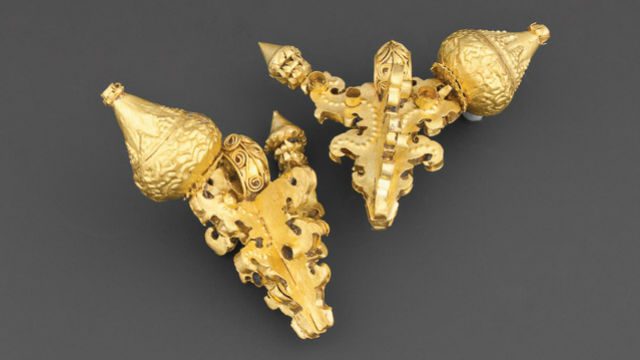
Once we were kingdoms. Before conquistadors came to steal and sunder our pagan gods to make their own gleaming idols and before Muslim traders came to barter for these eternally precious commodities, we were kingdoms rich in gold.
Despite centuries of plunder, war, and natural disasters, a treasure trove artifacts from the country’s “golden” age have been recovered throughout the archipelago. Now, the same gold lusted over by oppressors and shysters from across the globe now travels west to let the world know of these forgotten kingdoms of the Philippines.
Over 120 priceless pre-colonial gold heirloom items from 10th to the 13th century from the indigenous gold collection of both the Ayala Museum and the Metropolitan Museum of the Bangko Sentral ng Pilipinas (BSP) will exhibit from September 11, 2015 to January 3, 2016 at the Asia Society Museum located at Park Ave. and 70th St. in New York City in an event entitled “Philippine Gold: Treasures of Forgotten Kingdoms.”
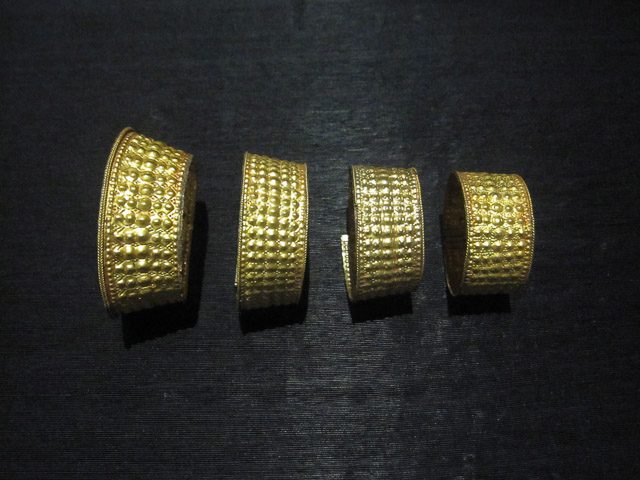
This is made possible by the collaboration of the Asia Society, the Ayala Museum, and the BSP. Jointly curating the exhibit are Nina Capistrano-Baker, consulting curator at Ayala Foundation Inc, and Dr. Adriana Proser, John H Senior Curator for Traditional Asian Art at Asia Society New York. The Gala Benefit Committee chairpersons include Fernando Zobel de Ayala, Chief Operating Officer of Ayala Corporation, Doris Masaysay Ho, president and CEO at Magsaysay Maritime Corporation, and Loida Nicolas Lewis, Filipino-born American chair and CEO of family investment firm TLC Beatrice, LLC, with support from Amando Maglalang Tetangco Jr, BSP Governor.
The Asia Society, celebrating its 60th anniversary in 2016, counts among its current chairpersons Masaysay Ho. It was founded by no less than the late philnthropist John D Rockefeller III.From New York, Tom Nagorski, executive vice president of the Asian Society, notes, “Mr Rockefeller developed a great passion for the peoples and cultures of Asia, and had a deep belief in the idea that Americans need to be far better informed than they were about the things he saw and found.
He traveled to the Philippines several times in the 1950s, a nation that was at the time still ravaged by the aftermath of war and Mr Rockefeller said of the Philippines and other nations of the region, too many Americans were thinking of Asia as a place that was poor and as a place beaten down by war. He felt strongly that too many Americans didn’t understand much about the incredible history, rich traditions, and great cultures of these countries.”
Echoing this sentiment in the Philippines, Masaysay Ho declares, “The Philippines has a lot of press coming out on economic issues. We thought there could also be a cultural story,” adding, “These artifacts are also very little known scholarship-wise, so with the opportunity to bring them to New York, we are holding symposiums that place the collection in the whole realm of historical scholarship in the Austronesian context.”
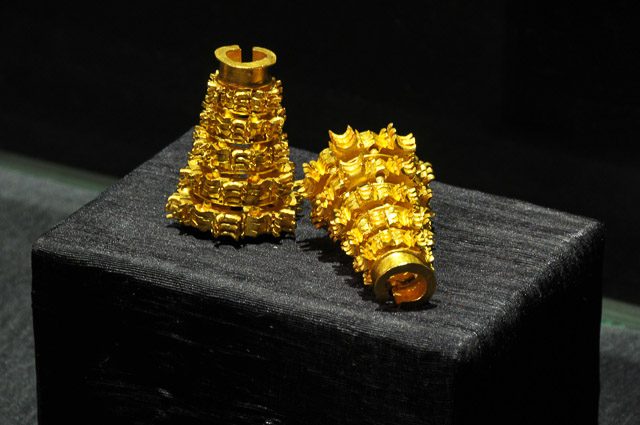
Zobel agreed, enthusing, “It will give Americans and visitors to New York the opportunity to get to know more about our rich culture and I have no doubt that it will also give Filipino Americans great pride to see these pieces from their country.”
Tetangco notes, “This is going to be the first time that the Philippine pre-Hispanic gold will be seen in the States. This is an opportune time for other people to know more about the Philippines and get to know the rich cultural heritage of our country.”
Splendor that awaits
Pieces to be toured in New York include delicate earings, intricate belts, and elegant armlets, to name a few. This exhibition represents nothing less than Philippine pride.
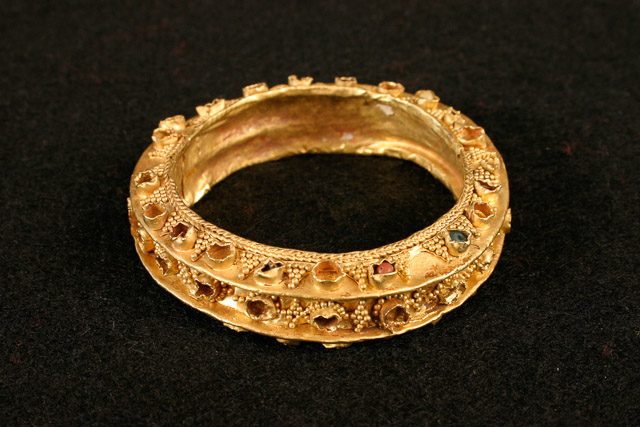
However, local art lovers wanting to see the gorgeous permanent gold exhibits of both the Ayala Museum and the BSP need not fret. There is still so much more to see in both exhibits. The pieces to be exhibited in New York, impressive and important as they are, represent a small fraction of both existing local exhibits. A casual glance will not even notice that a substantial hoard has been carefully chosen from across the many exhibits. Photo stand-ins offer museum goers the next best thing.
Civilizations across the Philippine archipelago that wisely avoided building tottering stone temples and palaces in an earthquake-prone region of the Pacific Rim instead expressed their wealth, artistry, and sophistication in gold, a gift of the same geology that made their very homeland capriciously volcanic.
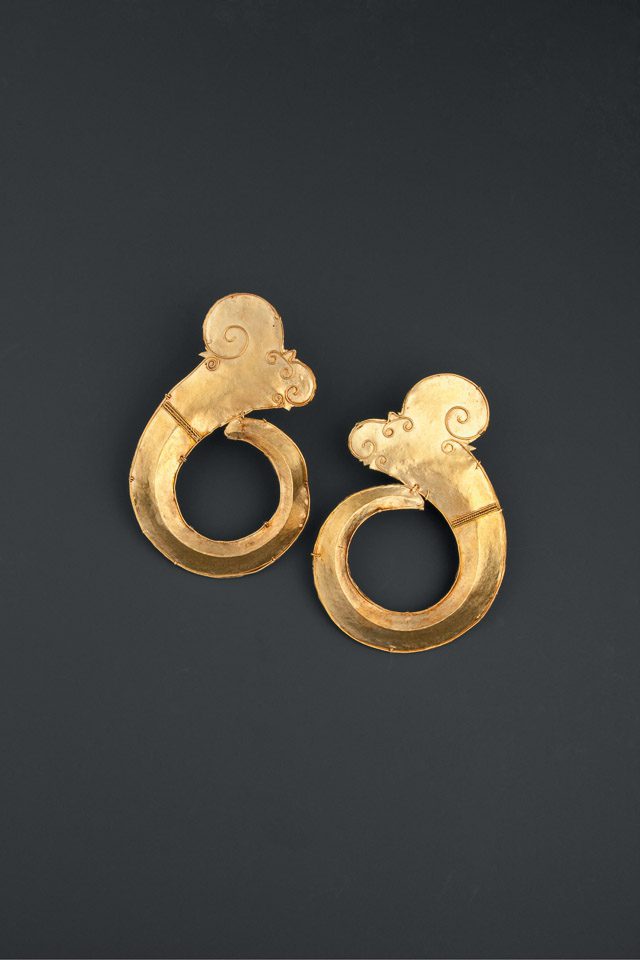
Gold was pounded into a delicate foil that is both embossed and cut like paper, to create delicate diadems, tiaras, and death masks, presaging the folkloric paper cut designs used for parol christmas lantern tails, pabalát wrappers for pastilas de leche and banderitas fiesta buntings.
In complete contrast, gold was also crafted into massive serpentine sashes, cuffs, and necklaces made of hundreds of intricate links denote the prestige and power of royalty. The illustrations found in the 16th century Boxer Codex are proved to be no mere fanciful exaggeration of illustrators, and are instead revealed to be accurate.
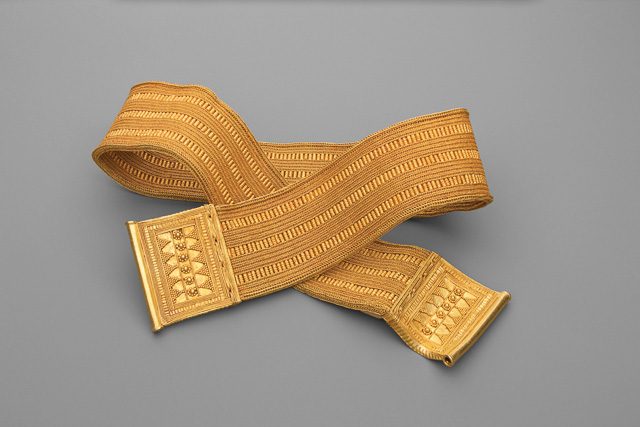
Half-man, half-bird mythological figures depicted with both whimsy and adoration. Hindu and buddhist motifs, influences brought by trade with faraway kingdoms across the seas, punctuate many of the designs.
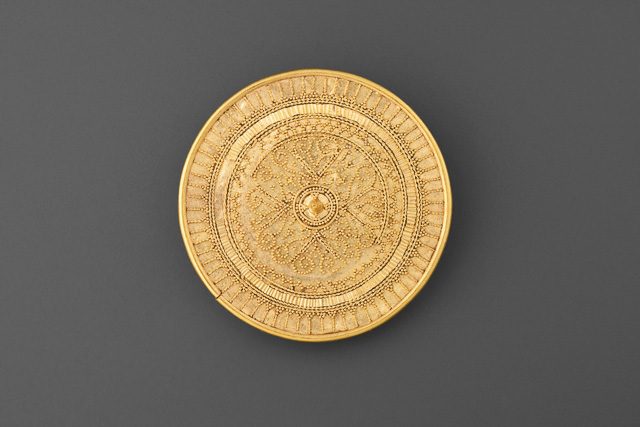
As the world discovers the nation’s heritage through “Philippine Gold: Treasures of Forgotten Kingdoms” in New York, Filipinos will do well to rediscover their own gilded past at the permanent exhibits of indigenous gold artifacts at the Ayala Museum and at the BSP’s Metropolitan Museum. – Rappler.com
Writer, graphic designer, and business-owner Rome Jorge is passionate about the arts. Formerly the editor-in-chief of asianTraveler Magazine, Lifestyle editor of The Manila Times, and cover story writer for MEGA and Lifestyle Asia Magazines, Rome Jorge has also covered terror attacks, military mutinies, mass demonstrations, as well as Reproductive Health, gender equality, climate change, HIV/AIDS and other important issues. He is also the proprietor of Strawberry Jams Music Studio.
Ayala Museum is located at the Makati Avenue corner De La Rosa St., Greenbelt Park, Makati City. The Metropolitan Museum is located at Bangko Sentral ng Pilipinas Complex along Roxas Boulevard near Pablo Ocampo St., Manila. Asia Society Museum is located at Park Avenue and 70th St., New York City. For details, visit ayalamuseum.org, metmuseum.ph, and asiasociety.org.
Add a comment
How does this make you feel?
There are no comments yet. Add your comment to start the conversation.